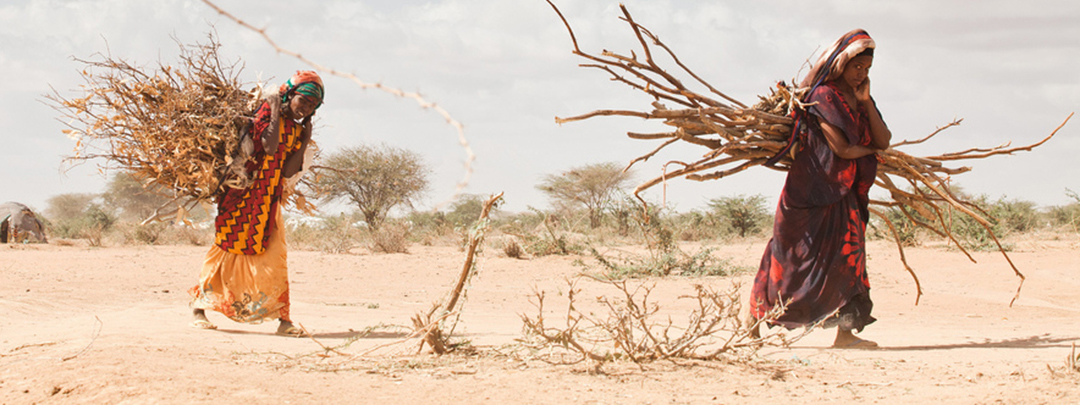Gender Implications of COVID-19 Outbreaks in Development and Humanitarian Settings
Publisher: CARE
Date: 2020
Topics: Gender
First detected in China’s Hubei Province in late December 2019, novel coronavirus 2019 (COVID-19) has since spread to 141 countries or regions, and health actors had confirmed more than 156,000 cases as of March 14. Numbers are expected to continue rising exponentially in the coming days, weeks, and months. Initial research indicates that older persons are most likely to suffer serious complications from COVID-19 and that men are more likely to experience high mortality rates than women, but this analysis may change as COVID-19 more data becomes available. Regardless, all vulnerable populations will experience COVID-19 outbreaks differently.
Until recently, the transmission of COVID-19 to developing countries or those experiencing ongoing humanitarian emergencies had been limited, but such transmission is now occurring. Development and humanitarian settings pose particular challenges for infectious disease prevention and control. Access constraints and poor health and sanitation infrastructure are obstacles to disease prevention and treatment under the best of circumstances; when coupled with gender inequality and, in some cases, insecurity, public health responses become immeasurably more complex.
